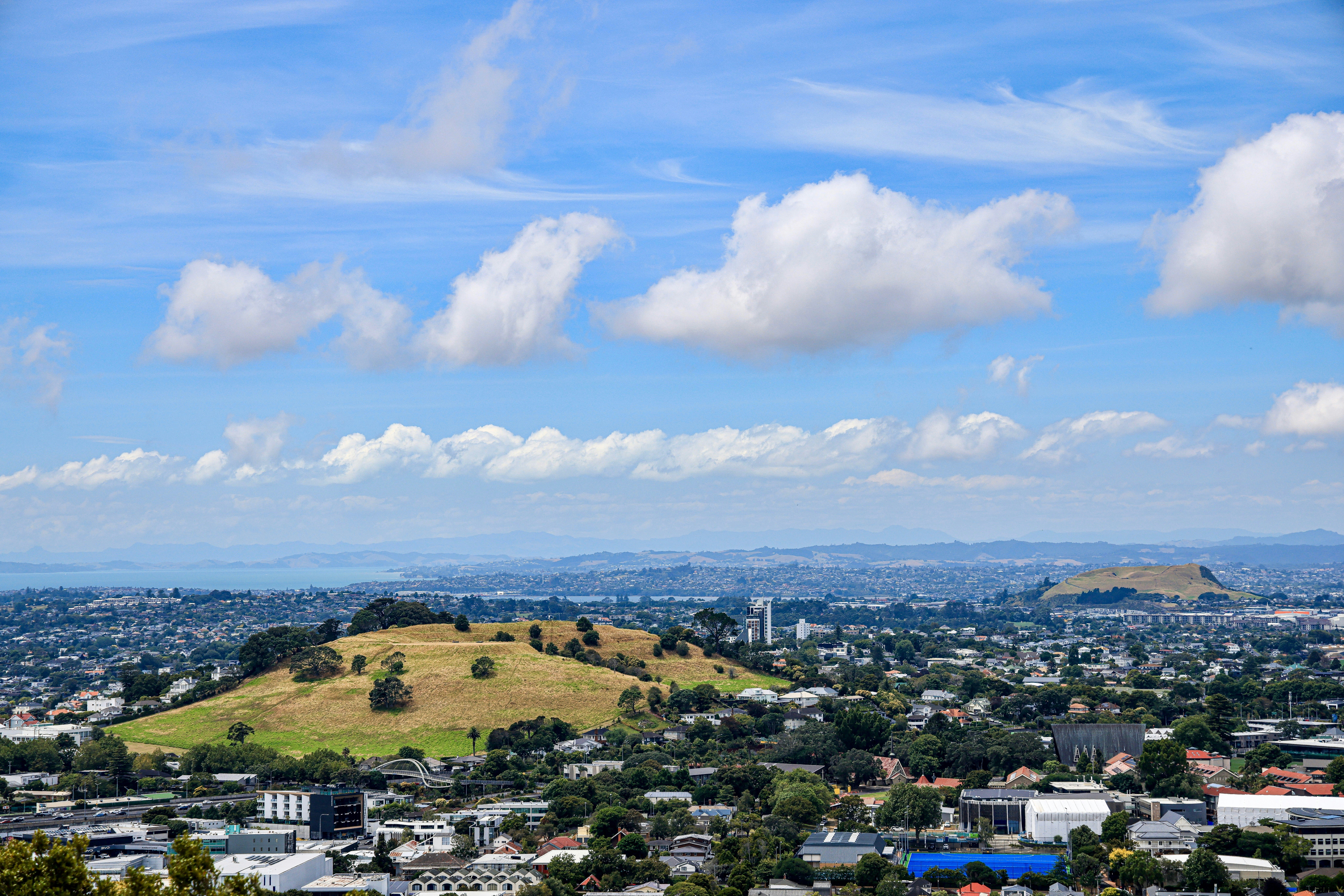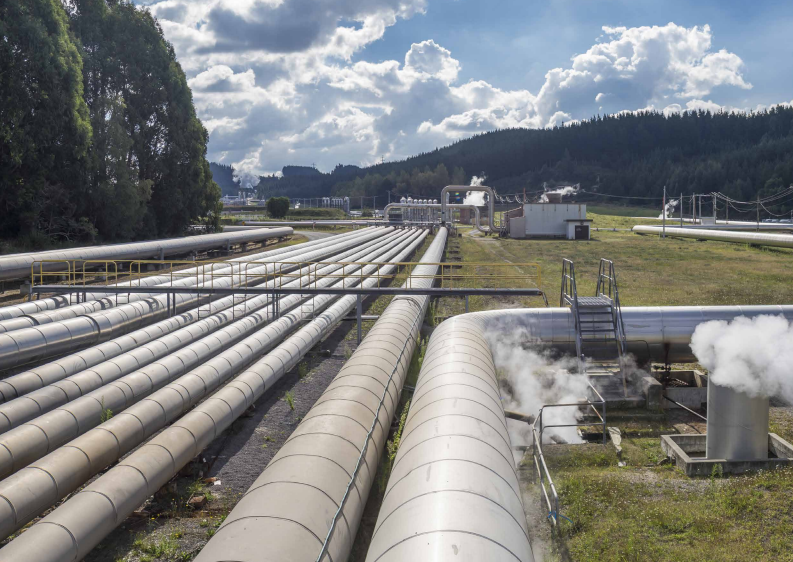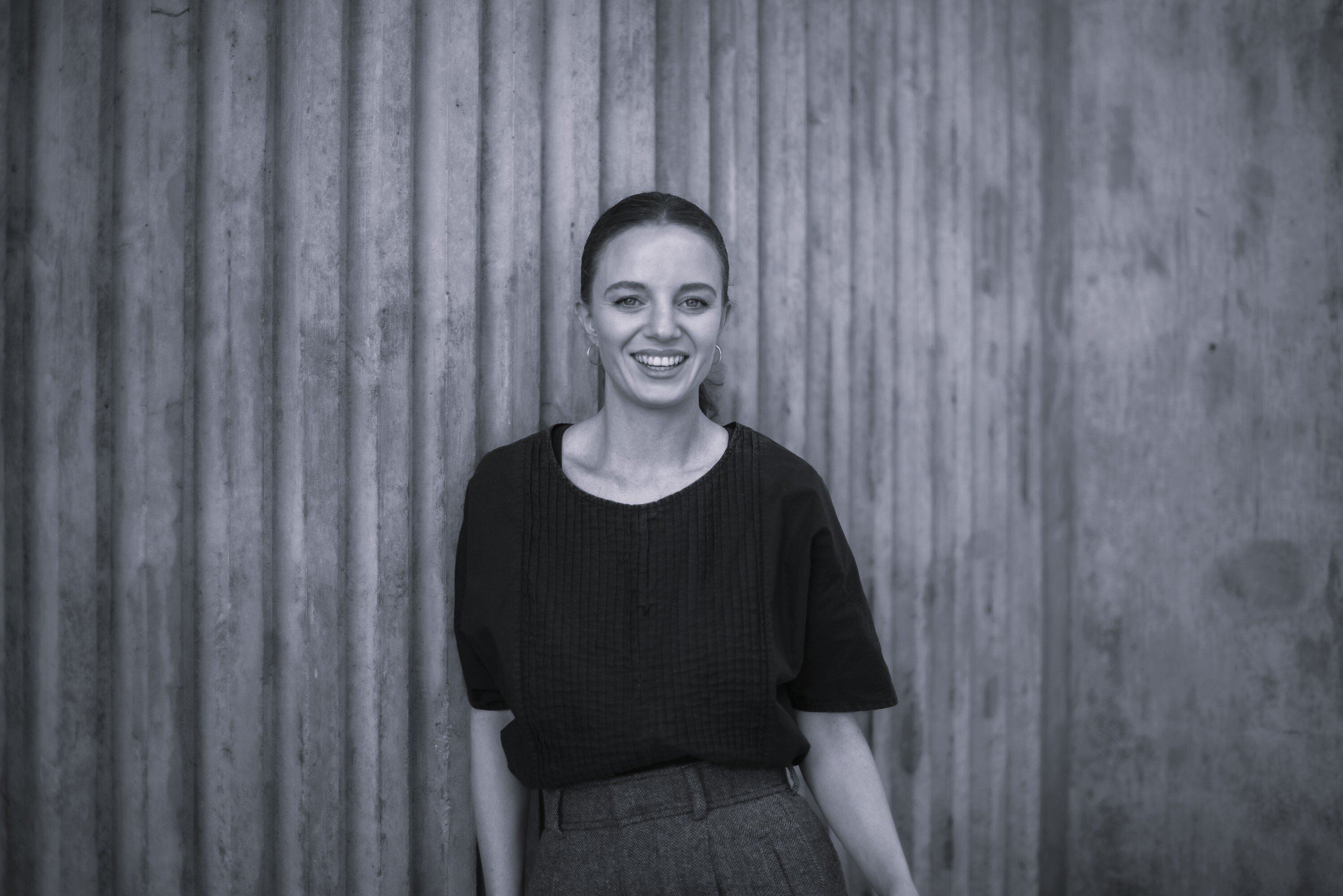In our new Q&A series we're putting the spotlight on some of Aotearoa's leading sustainability professionals who’re transforming the way we design, build and operate our buildings and homes.
They’re people leading the mission for a more sustainable built-environment in Aotearoa.
David Fullbrook
David has been promoting green design for 45 years. A building services engineer and ESD consultant, his career spans the UK and New Zealand. In 2003 he founded eCubed Building Workshop in Auckland.
Your career pathway?
I sort of fell into engineering as my pathway and it was more out of necessity than inspiration. We grew up near London and we were quite poor so aged 16 I got a job as an apprentice mechanical engineer to earn some money. I went on to study environmental engineering at university and was later an associate director with Arup where we worked on some ground-breaking buildings. I’d say my inspiration has always been architecture rather engineering!
From UK to Aotearoa?
When I was with Arup I’d developed early-environmental concepts for the Jack Erskine Building at the University of Canterbury and so I originally came here for two years to implement the project with Patrick Clifford from Architectus (NZGBC board member). The university took a big leap of faith with a young architect and a crazy Englishman talking about passive design. But it all worked out. Returning home to the UK never happened. And instead I embarked on my three-decade love affair with the New Zealand architectural and environmental design community.
What has shaped the green-thinking narrative of your career?
Early in my career in the UK we had the 1970s energy crisis - three day working weeks, carless days, rolling power cuts and toasting crumpets on a portable gas heater in the office to keep us warm whilst we worked close to windows when the power was off. So, evolution and responding to that energy crisis shaped my passion for green design. Books have also played a large part - Silent Spring, Operating Manual for Spaceship Earth, The Autonomous House and Architecture of the Well-Tempered Environment.
Can buildings uplift the well-being of their occupants?
Absolutely yes - coming from a working-class background and growing up in a good quality post-war state house uplifted me along with my opportunity for free education. As a result I’ve been particularly interested in the quality of social housing, educational buildings, fuel poverty and healthy homes.
Can we talk about the potential of new construction or refurbishment to mitigate climate change?
I love the mantra of ‘build nothing, build less, build clever, build efficiently and minimise waste’ and ‘never knock anything down’. Increasingly adaptive reuse and refurbishment projects interest me rather than new buildings. Existing buildings represent roughly 95% of buildings so decarbonising these by refurbishment, retro-commissioning and tuning would be my inspiration if I was just joining the profession now. Low carbon design doesn’t have to be sexy, it can be just living and working with a building to make it better throughout its life cycle.
How important is minimising waste and reuse of materials in this whole conversation?
I think my generation lost the plot somewhere along the line seduced by bright new shiny things and our disposable income. Waste is now the scourge of our generation but I’m hopeful things are winding back with ideas such as the circular economy and how simple it is to be more frugal. My daughter inspires me – she never buys anything new and runs things into the ground. She’s my eco-warrior.
How is Aotearoa doing with green buildings?
We have massive advantages with our available space, climate and renewable energy supply but we’re a long way from maximising our situation. I strongly agree with Sir David Attenborough’s quote ‘What we do in the next ten years will profoundly impact the next few thousand. This is no longer a scientific challenge; it is a communications challenge’. We need a green building movement and I believe the NZGBC is becoming a catalyst for change in property and construction.
Favourite green building?
As a lover of architecture my favourite architect is Herzog & de Meuron and while not renowned for their green design I think sustainability is strongly embedded in their design principles. These days I’m drawn by the narrative or story of a design rather than the bricks and mortar. I admire buildings like Jo Woods and Shay Brazier’s Zero Energy House (Point Chevalier, Auckland) Ngāi Tūhoe’s Te Kura Whare (Tāneatua), Blair and Jules MacKinnon’s 26 Aroha (Sandringham, Auckland) and the Bullitt Centre in Seattle. My interests and inspirations for green buildings are becoming increasing local rather than international. And as you’ll guess I love Grand Designs.


